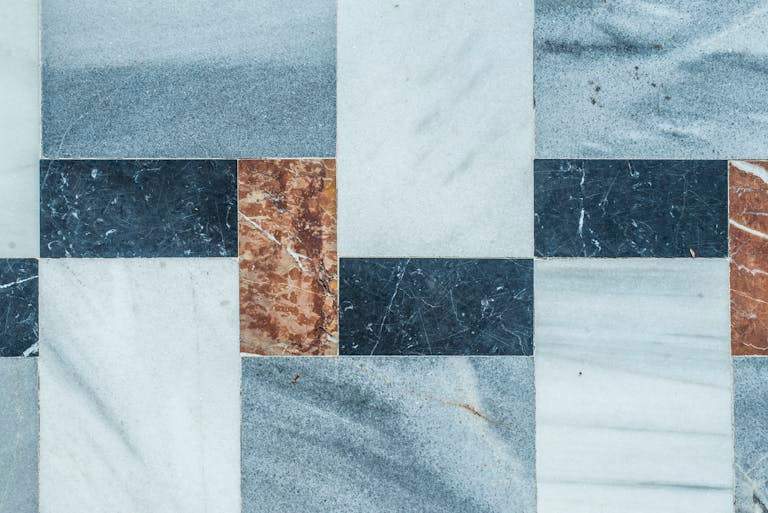The Many Versatile Uses of Epoxy in Architecture
1. Introduction
The field of architecture is constantly evolving, with designers and engineers always on the lookout for new materials and technologies that can enhance their projects. In recent years, epoxy has emerged as a versatile and popular choice in architectural design and construction. Epoxy is a type of adhesive that can be easily molded into different shapes and forms, making it ideal for creating unique and innovative building designs. From flooring and countertops to furniture and art installations, epoxy offers architects and designers a wide range of possibilities. In this blog post, we will explore the many versatile uses of epoxy in architecture and how it is revolutionizing the way architects approach building design.
2. The durability and versatility of epoxy in architecture
One of the main reasons why epoxy has become such a popular choice in architecture is its exceptional durability. Epoxy is known for its high resistance to wear and tear, making it perfect for high traffic areas such as commercial buildings, airports, and hospitals. Unlike traditional materials like wood or concrete, epoxy is resistant to scratches, stains, and chemicals, making it a cost-effective and low-maintenance option for architects and building owners.
Additionally, epoxy’s versatility opens up a world of possibilities for architects and designers. Its ability to be easily molded and shaped means that it can be used for a wide range of applications. From creating seamless, glossy floors to designing intricate patterns and textures on walls, epoxy allows architects to bring their creative visions to life.
Furthermore, epoxy is also an environmentally-friendly choice in architecture. It is a non-toxic material and emits little to no volatile organic compounds (VOCs), making it safe for both the environment and the people who reside or work in the building.
In the next section, we will delve into some specific applications of epoxy in architecture, showcasing how this versatile material has been used to transform spaces and push the boundaries of design. Stay tuned!
3. Epoxy flooring: a stylish and practical choice
Epoxy flooring has gained significant popularity in the world of architecture, and for good reason. Not only does it offer a sleek and stylish look to any space, but it also provides practical benefits that traditional flooring materials cannot match.
One of the key advantages of epoxy flooring is its incredible durability. Whether it’s a high-traffic area, a commercial space, or an industrial facility, epoxy flooring can withstand heavy use and remain resistant to scratches, stains, and chemicals. This makes it an ideal choice for areas that require a long-lasting and low-maintenance solution.
Moreover, epoxy flooring offers a seamless and glossy finish that adds a touch of sophistication to any interior. Its smooth and reflective surface creates a sense of space and can make a room appear larger. Additionally, epoxy flooring is available in a wide range of colors and designs, allowing architects and designers to achieve unique and customized looks that suit the overall aesthetic of the space.
In the following section, we will explore some inspiring examples of how epoxy flooring has been used to transform different types of spaces, from residential homes to commercial establishments. Stay tuned for some truly innovative applications!
4. Epoxy in countertops: a seamless and durable solution
One area in which epoxy has found great success and versatility is in countertops. Traditionally, countertops have been made from materials such as granite, marble, or laminate. However, epoxy countertops offer a seamless and durable alternative that is both aesthetically pleasing and highly functional.
Epoxy countertops are created by pouring epoxy resin over a solid substrate, such as wood or concrete. This creates a smooth and glossy surface that is highly resistant to scratches, heat, and stains. The seamless nature of epoxy countertops eliminates the need for grout lines, making maintenance a breeze.
Furthermore, epoxy countertops offer endless design possibilities. With the ability to add pigments, dyes, or even embed decorative elements such as shells or coins, architects and designers can create truly unique and personalized countertops for their clients. Whether it’s a sleek and modern look or a vibrant and artistic design, epoxy allows for endless creativity.
In the next section, we will explore other exciting applications of epoxy in architecture and discuss how it has revolutionized the way we think about design and functionality in our built environment. Stay tuned for more inspiring examples!
5. Epoxy in wall coverings: a modern and customizable option
Epoxy has not only transformed countertops but has also made its way into wall coverings, offering a modern and customizable option for architects and designers. With its smooth and glossy finish, epoxy creates a sleek and contemporary look that instantly enhances any space.
One of the major advantages of using epoxy in wall coverings is its limitless design potential. By incorporating different pigments, dyes, or even metallic additives, architects can create unique patterns, textures, and color combinations that are tailored to their clients’ preferences. From subtle gradients to bold geometric shapes, epoxy allows for endless customization.
Moreover, epoxy wall coverings are highly durable and resistant to damage. They are easy to clean, making them ideal for high-traffic areas or spaces where hygiene is crucial. Additionally, epoxy provides a seamless and smooth surface, eliminating the need for grout lines or textured finishes.
In our next section, we will delve into the innovative use of epoxy in flooring, highlighting its versatility and the benefits it brings to architectural projects. Don’t miss out on discovering more about this remarkable material and its transformative effects on architectural design. Stay tuned!
6. Epoxy in furniture: a contemporary and long-lasting choice
Epoxy is not limited to just countertops and wall coverings; it has also found its way into furniture design, offering architects and designers a contemporary and long-lasting choice for their projects.
The use of epoxy in furniture allows for endless possibilities in terms of design. With its ability to be molded into various shapes and sizes, architects can create unique and customized pieces that align with their vision. From sleek and minimalist tables to intricate and artistic chairs, epoxy furniture adds a modern and trendy touch to any space.
Furthermore, epoxy furniture is incredibly durable and resistant to wear and tear. Its smooth surface is easy to clean and maintain, making it perfect for both residential and commercial settings. Whether it’s a coffee table in a high-traffic area or a dining table prone to spills, epoxy furniture can withstand the demands of everyday use.
In our upcoming section, we will explore the use of epoxy in lighting fixtures, showcasing how this versatile material can transform ordinary fixtures into stunning focal points. Stay tuned to learn more about the innovative possibilities of epoxy in architectural design.
7. Conclusion: embracing the versatility of epoxy in architecture
In conclusion, epoxy has proven to be an incredibly versatile material in the field of architecture. From countertops and wall coverings to custom furniture pieces, epoxy offers architects and designers endless possibilities for their projects. Its ability to be molded into various shapes and sizes allows for unique and customized designs that can elevate any space.
Not only does epoxy provide aesthetic appeal, but it also boasts durability and resistance to wear and tear. Its smooth surface is easy to clean and maintain, making it a practical choice for both residential and commercial settings.
In the next section, we will delve into the fascinating world of epoxy lighting fixtures. We will explore how this versatile material can turn ordinary fixtures into stunning focal points, adding a touch of innovation and flair to architectural design. Don’t miss out on discovering the transformative power of epoxy in lighting design. Stay tuned!
House design with large windows that give it the advantage of versatility







